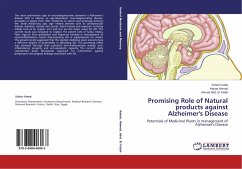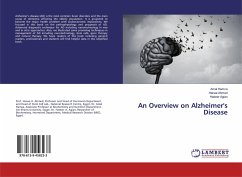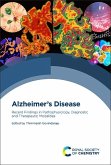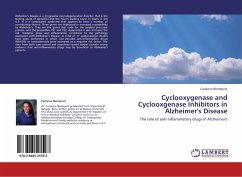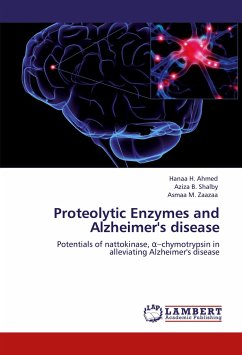Results presented in this book showed that mutating Ile41 and Ala42 to hydrophilic residues increases solubility, while mutating the same residues to hydrophobic residues enhances the aggregation propensity. This result suggests that the enhanced aggregation propensity of Abeta42 relative to Abeta40 results from the hydrophobic nature of Ile41 and Ala42 residues (Chapter 2). Fusions of GFP to Abeta mutants containing 8~12 mutations of hydrophobic residues to other hydrophobic residues produced white phenotypes, suggesting that generic hydrophobicity (rather than specific nonpolar side chains) at key positions is sufficient to promote aggregation of Abeta42 (Chapter 3). Sequence analysis of Abeta40 mutants with enhanced aggregation propensities indicated that an overall increase in hydrophobicity caused increased aggregation (Chapter 4). Finally, a library of compounds was screened using the Abeta-GFP fusion to identify drug leads that inhibit aggregation of Abeta (Chapter 5). Theinhibitory activities of the molecules screened using the Abeta-GFP fusion were confirmed using a series of biophysical techniques.
Bitte wählen Sie Ihr Anliegen aus.
Rechnungen
Retourenschein anfordern
Bestellstatus
Storno



